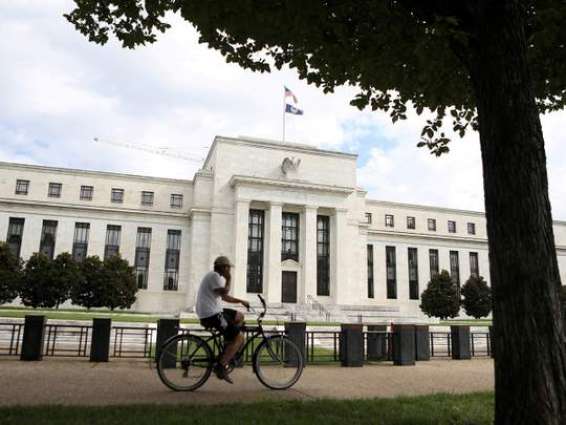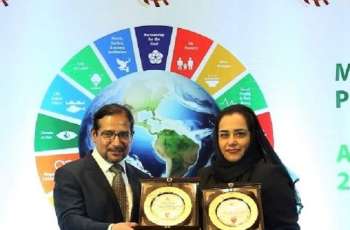Federal Reserve Bank of St. Louis President James Bullard said on Monday that he expects another two interest rate hikes totaling 50 basis points (bps) in all, in the US central bank's fight against inflation
WASHINGTON (Pakistan Point News / Sputnik - 22nd May, 2023) Federal Reserve Bank of St. Louis President James Bullard said on Monday that he expects another two interest rate hikes totaling 50 basis points (bps) in all, in the US central bank's fight against inflation.
"This year, I am expecting two more rate hikes," Bullard said in a live-streamed speech. "The Fed will have to go higher on the policy rate, perhaps 50 bps more (in) hiking this year. I think we're going to have to grind higher with the policy rate in order to put enough downward pressure on inflation to return inflation to target in a timely manner."
The Fed has raised interest rates by ten times since the end of the coronavirus pandemic in March 2022, adding a total of 500 basis points, or 5%, that has brought rates to a peak of 525 basis points, or 5.25%.
After its last hike of 50 basis points or 0.25%, the Fed said it will "closely monitor" data in the coming months�and assess their effectiveness in helping the United States return to its inflation target of 2%. That had given the Fed's watchers hope that it could call for a pause in its next rate decision on June 14.
Bullard has, however, been suggesting that the interest rate hikes need to continue.
"The core measures of inflation have not changed much in the recent months," Bullard said. "Households are still flush (with money) ... and ... will continue to support consumer spending. If inflation is not controlled, the Fed will have to do a lot more and should err on the side of doing more."
Inflation, as measured by the Consumer Price Index (CPI) hit 40-year highs in June 2022, expanding at an annual rate of 9.1%. Since then, it has slowed, growing at just 5% per year in March, for its slowest expansion since October 2021. The Fed's favorite price indicator, the Personal Consumption Expenditures (PCE) Index grew by just 4.2% in March.
Even so, those numbers were more than twice the Fed's appetite for inflation, which stands at 2% per year.
"I want to fight inflation while the labor market is strong," Bullard said.
The Fed has identified robust job and wages growth as two key drivers of inflation. The labor market has been the juggernaut of US economic recovery from the pandemic, with hundreds of thousands of jobs being added without fail since June 2020 to make up for the initial loss of 20 million jobs to the pandemic. Average monthly wages have also grown without a stop since May 2021.




